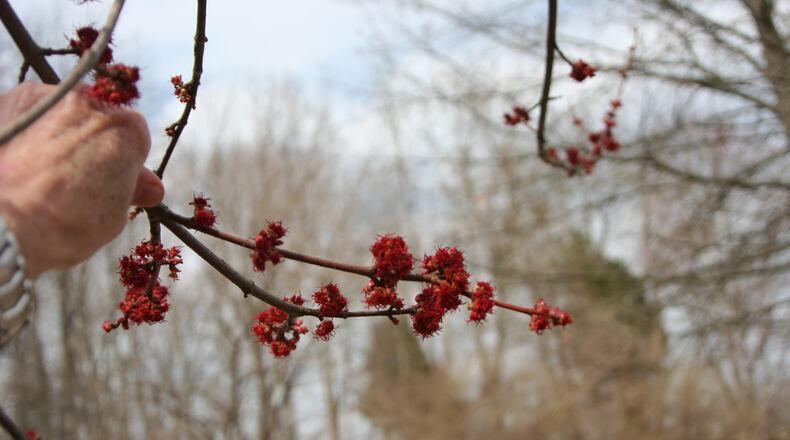Pollinator week is nothing new. It’s 10 years old and was established by the U. S. Senate.
However, the issue has become more critical recently with the decline of the honeybee population.
People are now paying more attention to pollinators, which is a good thing.
Why should we care about pollinators? Pollinators include bees, birds, butterflies, moths, bats and beetles and all provide valuable ecosystem services, with the most important being food production.
FAST FACTS
Following are some pollinator facts provided by the Pollinator Partnership:
- Approximately 75 percent of all flowering plant species need help in moving their pollen in order for fertilization to occur.
- It's estimated that one-third of all foods and beverages are delivered by pollinators and pollinators produce nearly $20 billion worth of products annually.
- Pollinators play a key role in the production of more than 150 food crops in the United States, including almonds, blueberries, melons and squash.
- Approximately 1,000 plants worldwide that are grown for food, beverage, fiber, spice and medicine require pollination in order to produce the resource.
HOW GARDENERS CAN HELP
Gardeners can easily help our pollinators with one simple step: plant something with flower.
Create a pollinator-friendly landscape by planting a diversity of trees, shrubs, flowers, fruits and vegetables that allow for a diverse group of pollinators.
One good rule of thumb to help you plan your pollinator landscape is to plant three different species of flowering plants for each season (spring, summer and fall).
It’s pretty easy to come up with plants that bloom in the spring and summer but sometimes we forget about fall-blooming plants or we don’t have enough blooming in the fall.
In addition, include trees and shrubs as well as annuals and perennials.
For instance, maple trees are one of the earliest blooming plants for honeybees. Witch hazel is a good shrub to use for the early spring as well.
In addition to plants, pollinators require a protective home as well as a water source. Shrubs encourage birds to hang around, and a birdbath is used by butterflies and moths as well as birds.
Reduce your impact on pollinators as well. Before grabbing a pesticide for a plant problem, figure out the problem first.
It’s really frustrating to me how many people grab a pesticide to spray before they even determine the problem.
Think about it. A doctor wouldn’t prescribe medicine without a diagnosis; we use pesticides on plants without a diagnosis frequently!
Protect the pollinators by not introducing pesticides into the environment needlessly.
And when you have the correct diagnosis and need to spray a pesticide, follow label instructions and by all means, don’t spray when pollinators are present.
About the Author
